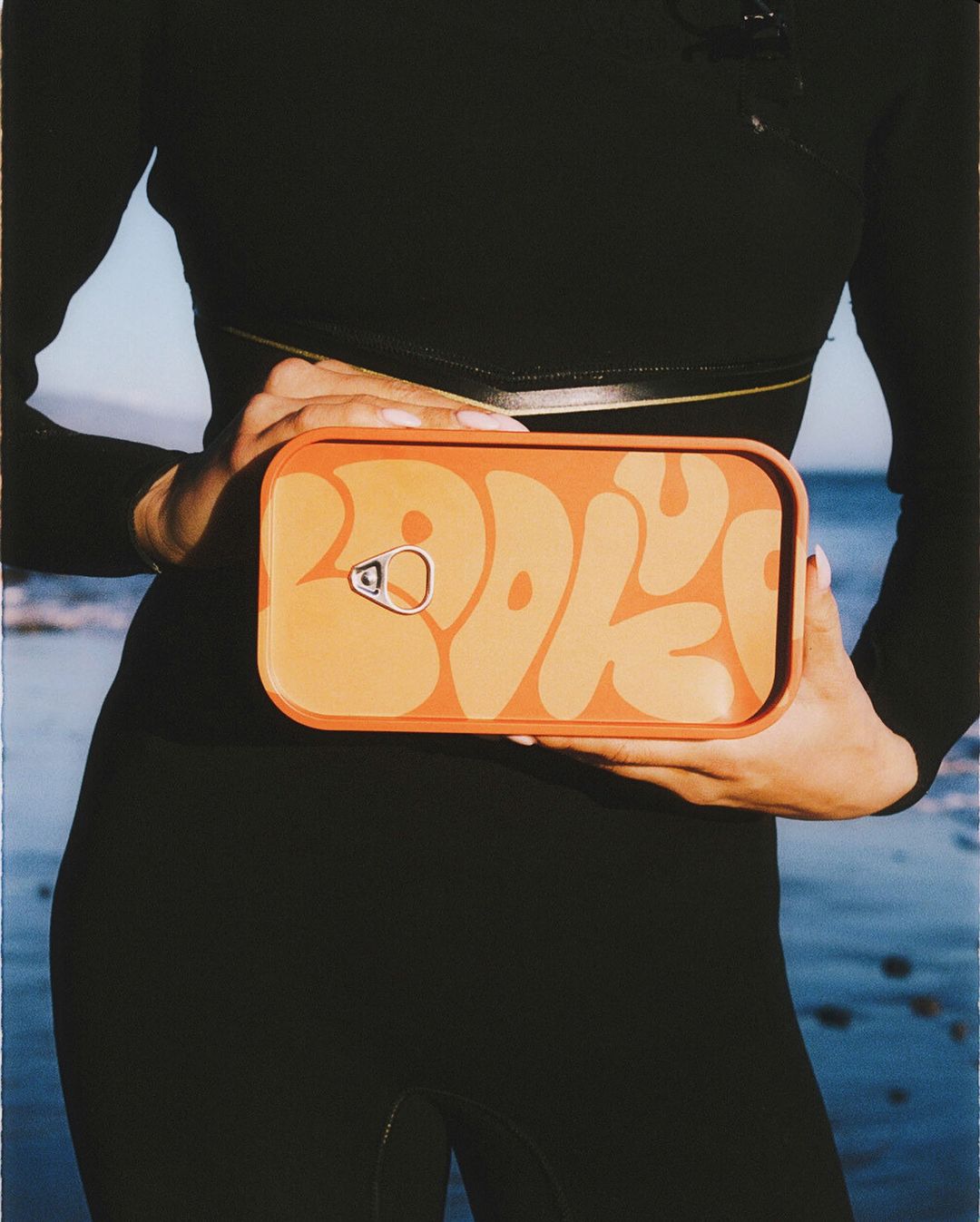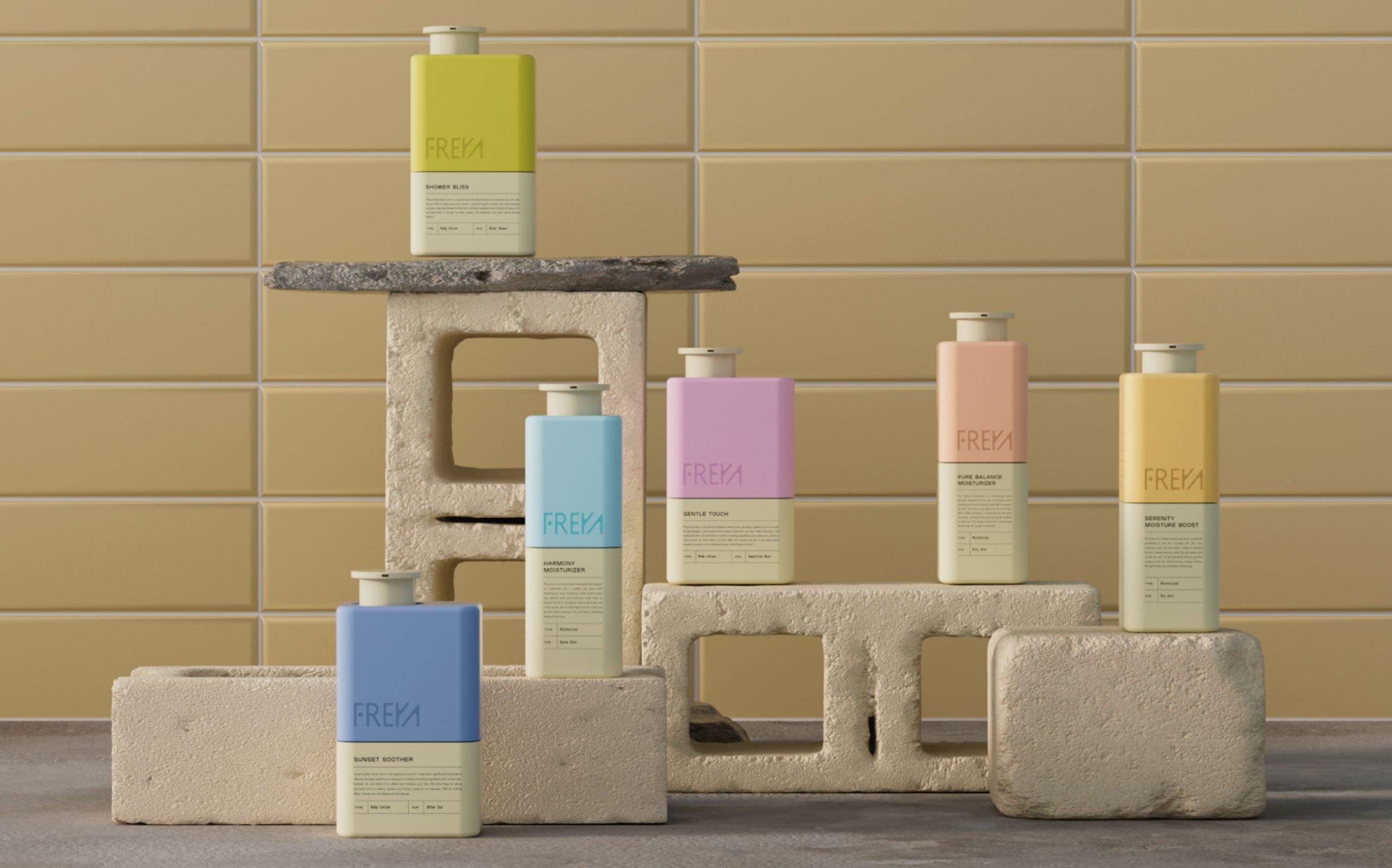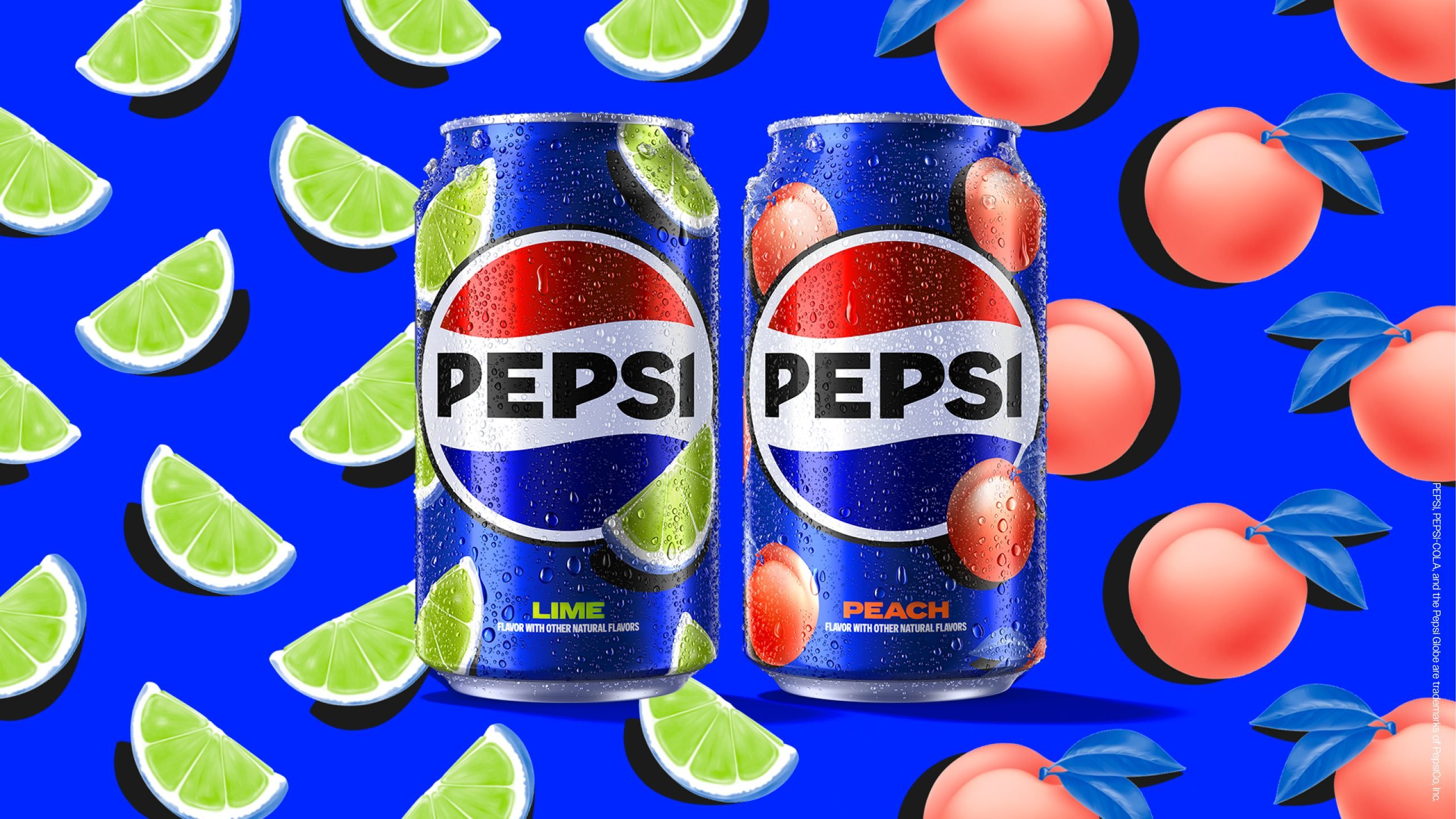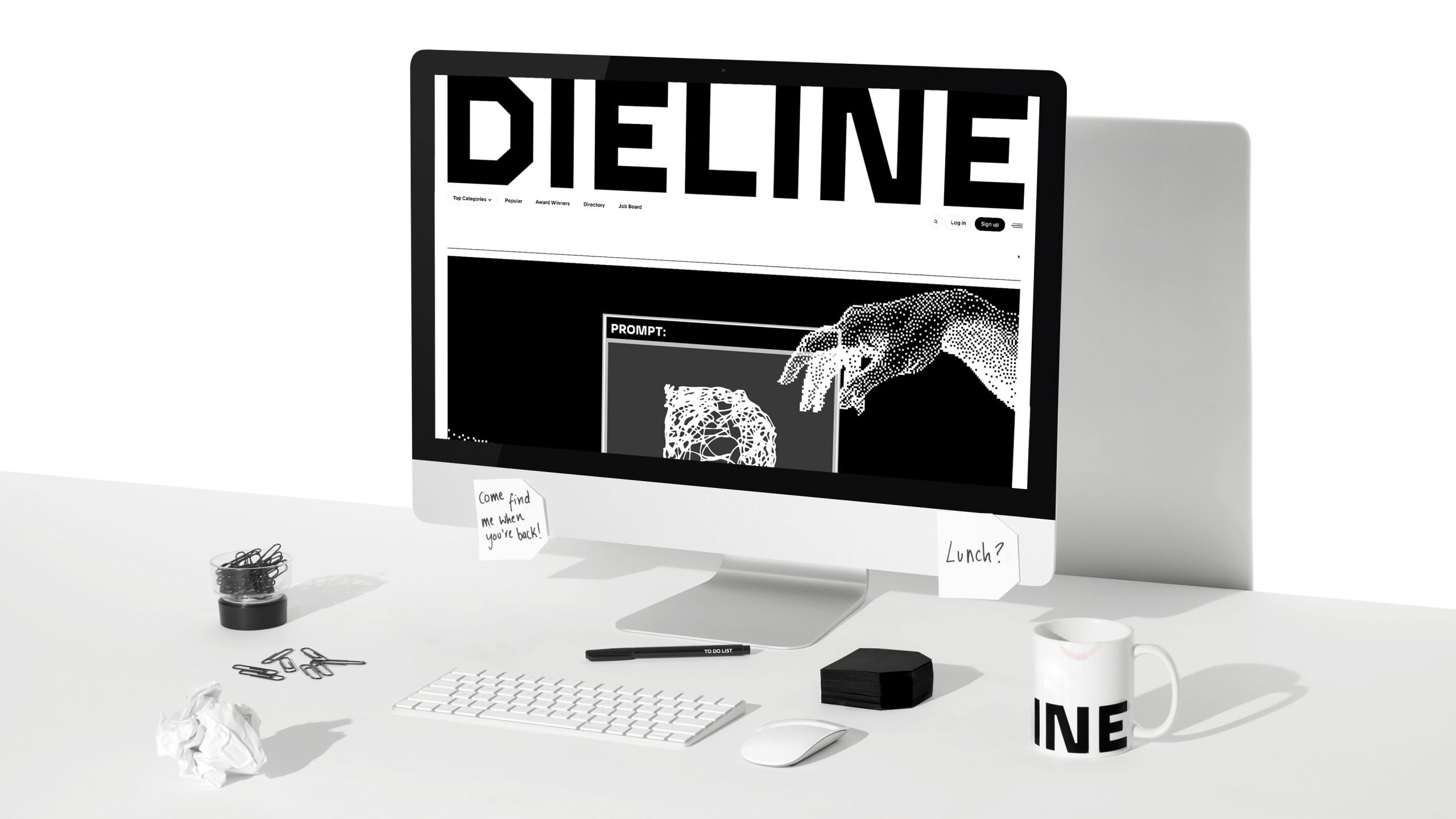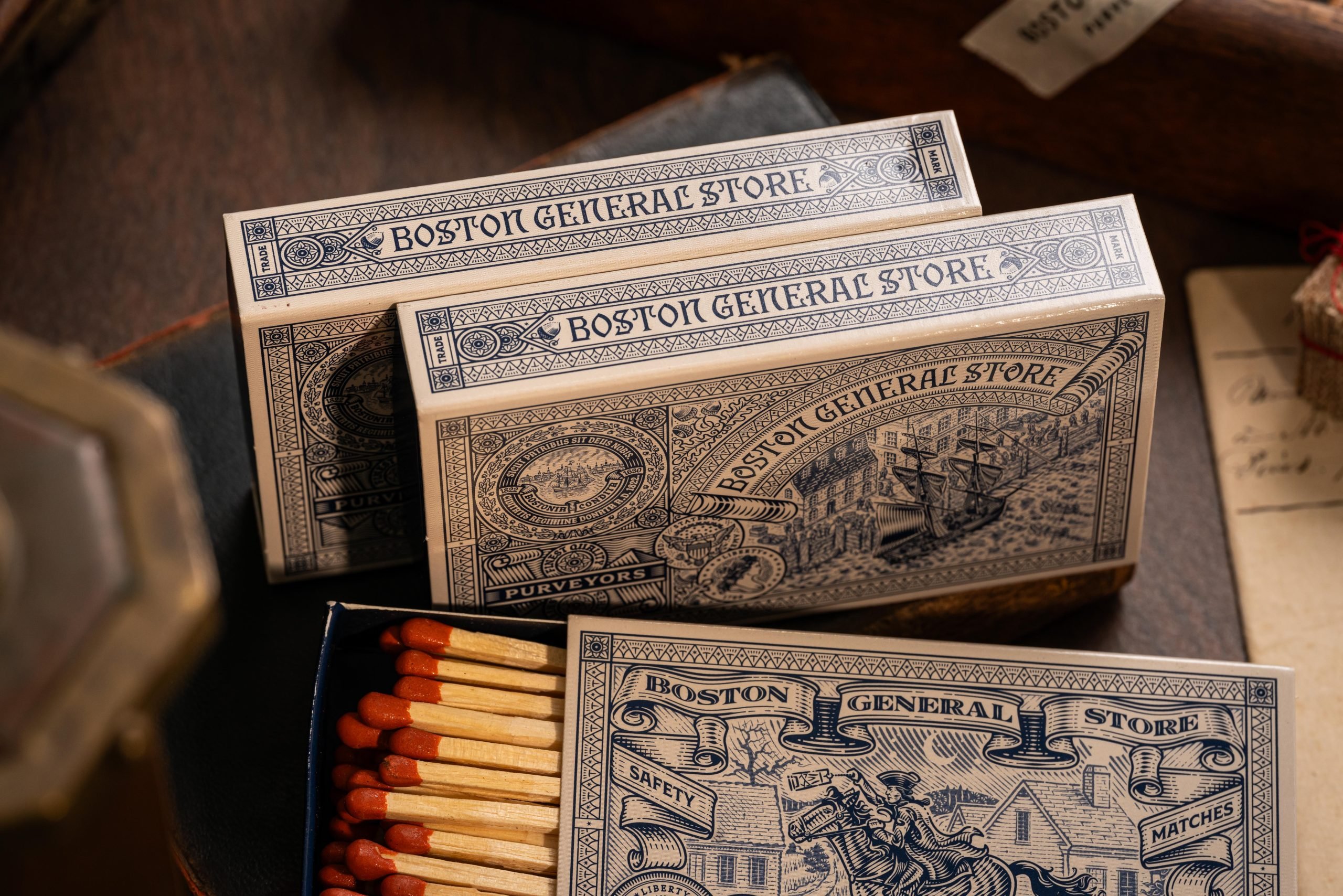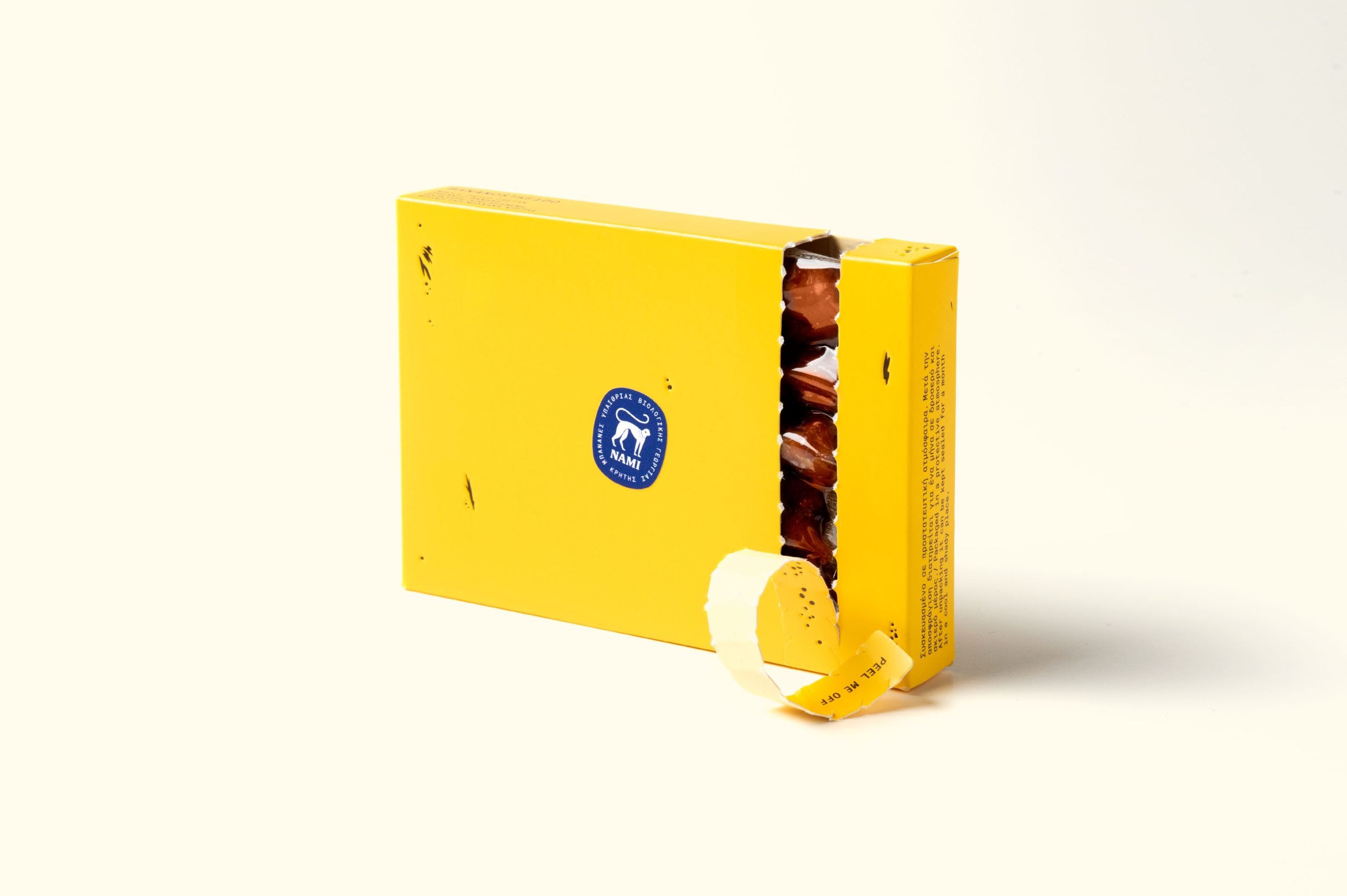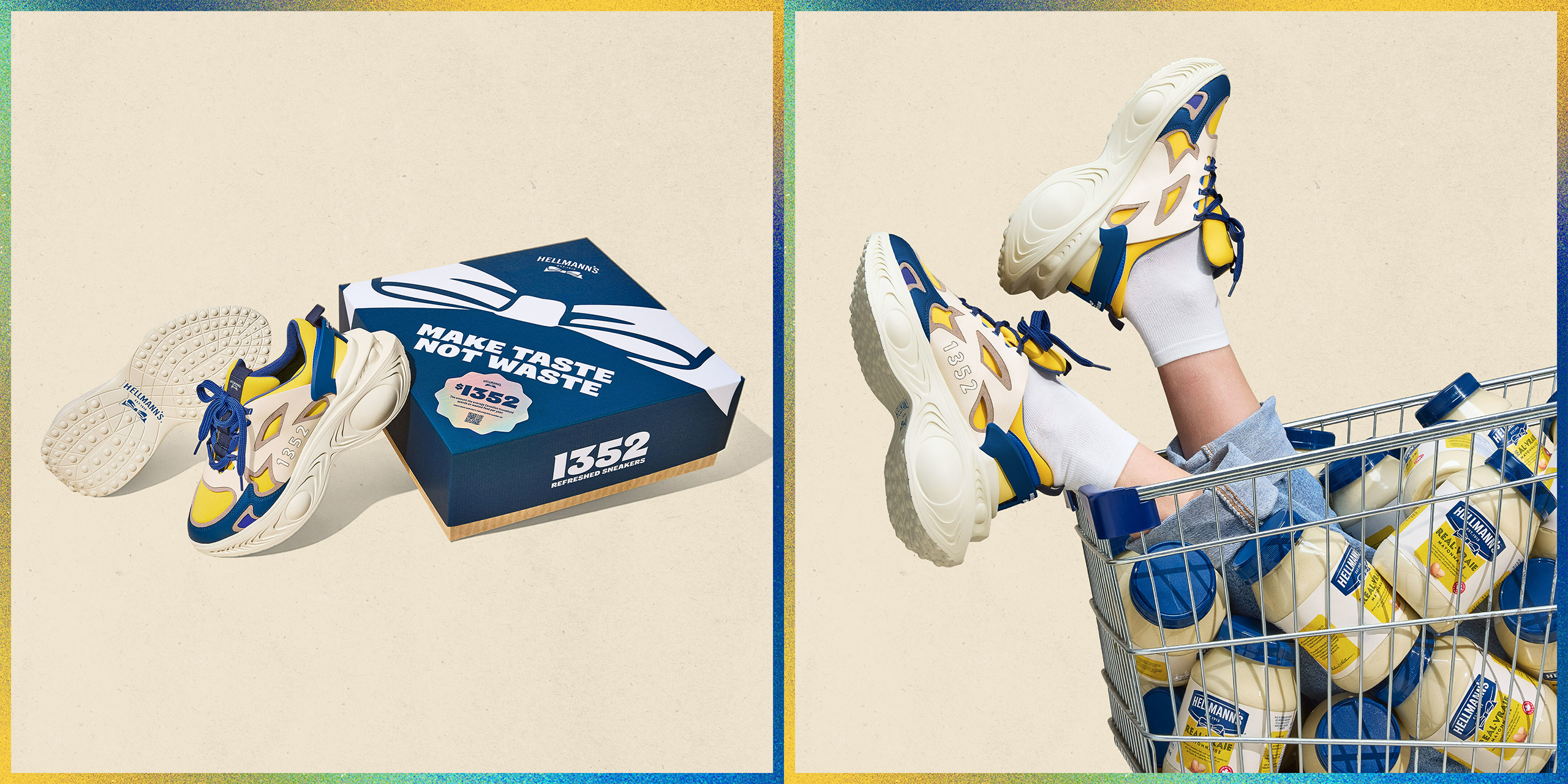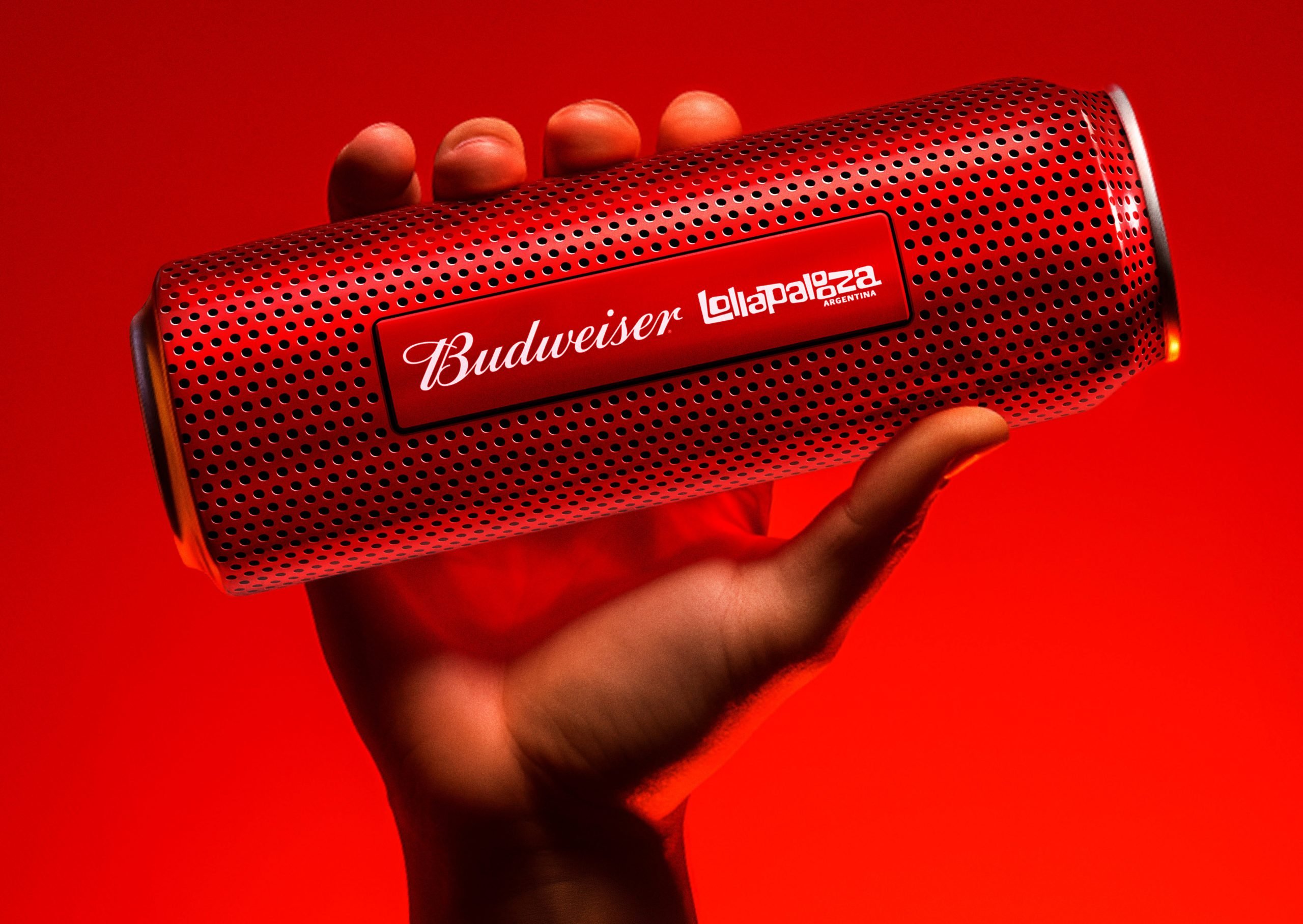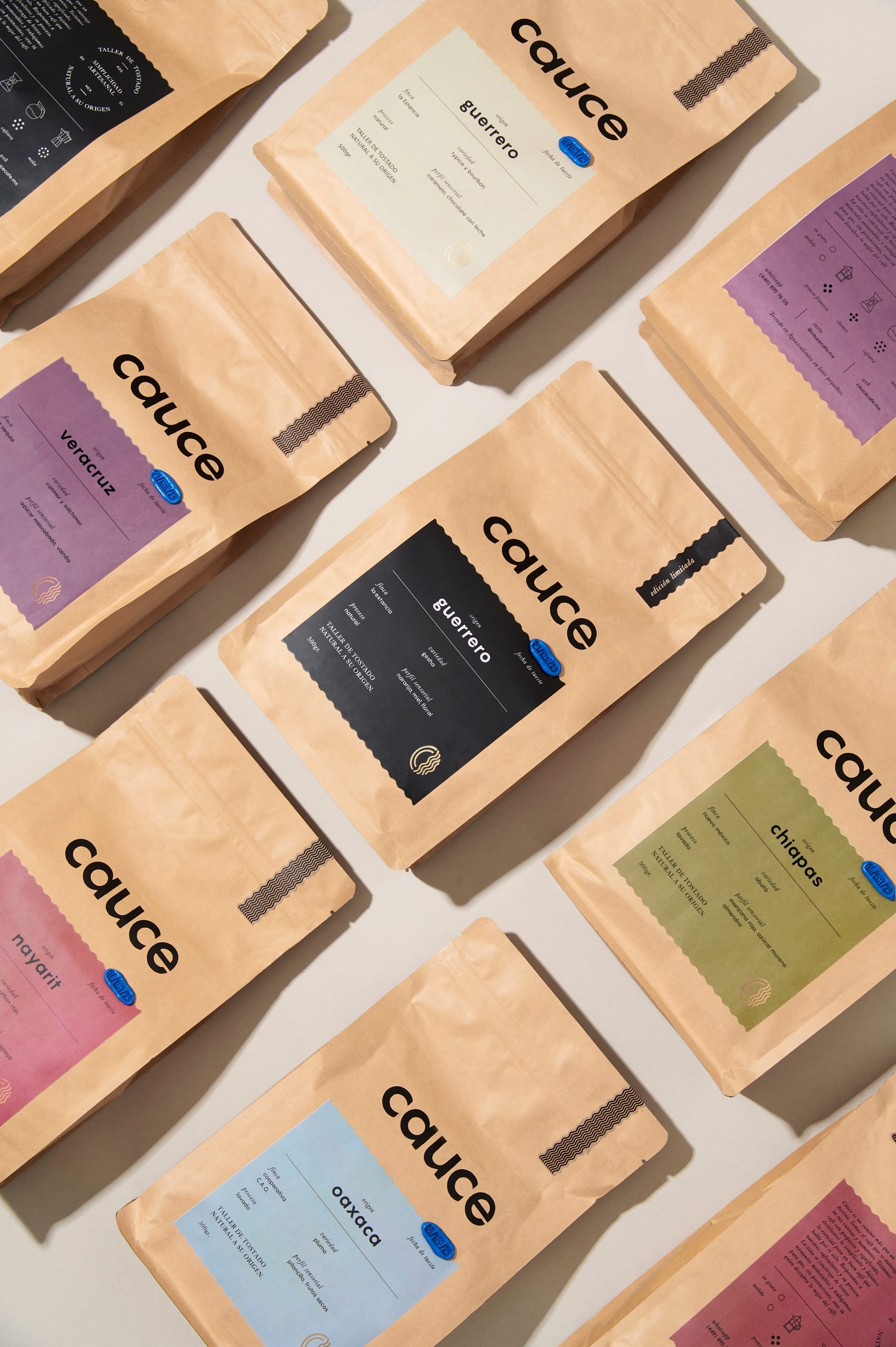The increasing digitalization of society has enabled brands to use the internet to build brand loyalty. Companies frequently share news about their products, provide information, and place advertisements through carefully crafted content connecting them to their consumers. With many brands already using scannable barcodes for additional product features such as manuals and how-to videos, packaging is becoming more digital-centric.
Near Field Communication (NFC) technology is now raising the stakes for modern product wrapping by allowing consumers to simply tap the product with their phone to access brand-crafted, exclusive content such as videos, games, playlists, and more.
More importantly, NFC-enabled packaging is generally designed to be reusable, minimizing the environmental impact of packaging and empowering consumers and companies alike to be more sustainable.
